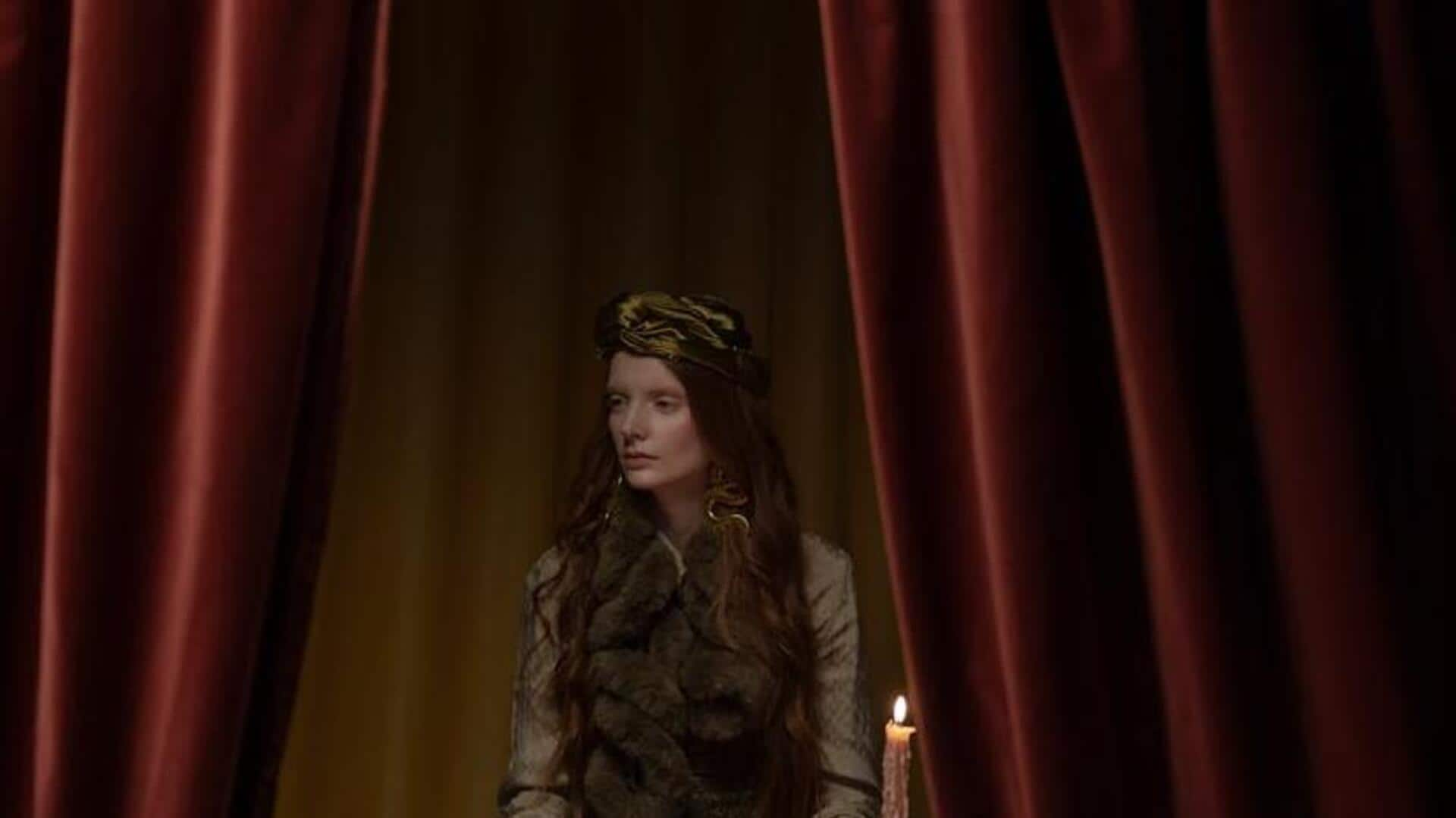
Melodies of the brush: Celebrating opera set designers
What's the story
Opera set designers are responsible for creating the visual magic that enhances the drama and music of an opera. This piece delves into the world of these artistic geniuses, highlighting the challenges and triumphs that come with transforming the opera stage into a visual masterpiece.
Artistry
The art behind the curtain
Opera set design is a demanding art form that requires both creative vision and technical expertise. Designers are tasked with understanding the libretto's underlying themes and emotions, and then transforming these abstract concepts into tangible spaces that amplify the narrative. They collaborate closely with directors and lighting designers to craft a captivating experience for the audience, often utilizing cutting-edge materials and technologies to realize their artistic vision.
Obstacles
Challenges on stage
One of the biggest headaches for opera set designers? Making everything look amazing without breaking any bones! Sets have to be more than pretty - they need to be safe and practical for the stars of the show. Designers need to juggle sight lines, acoustics, and lightning-fast scene changes, all while keeping an eye on the budget. It's a constant tug-of-war between dream designs and reality checks.
Teamwork
Collaboration in creativity
Successful operas are brought to life by a team of creative visionaries, including set designers, directors, costume designers, and lighting technicians. By working together, they ensure that all visual elements are harmonious and complementary. This collaborative process involves countless discussions, sketches, models, and revisions, culminating in the final design that graces the stage.
Innovation
Technology meets tradition
Over the past few years, digital technologies have become game-changers for opera set design. 3D modeling software enables designers to push the boundaries of creativity, allowing them to experiment with complex structures more easily than traditional methods allowed. And, projections can create dynamic backgrounds or effects that change in real-time with the performance, opening up a world of possibilities for storytelling on stage.
Learning
Education pathways for aspiring designers
How to become an opera set designer? A strong foundation in theater arts or scenic design is essential for aspiring opera set designers. Most have attended art schools or universities, studying drawing, model-making, art history, architecture, and theater production. Interning at opera houses or theaters provides invaluable hands-on experience, a key stepping stone into this competitive world.